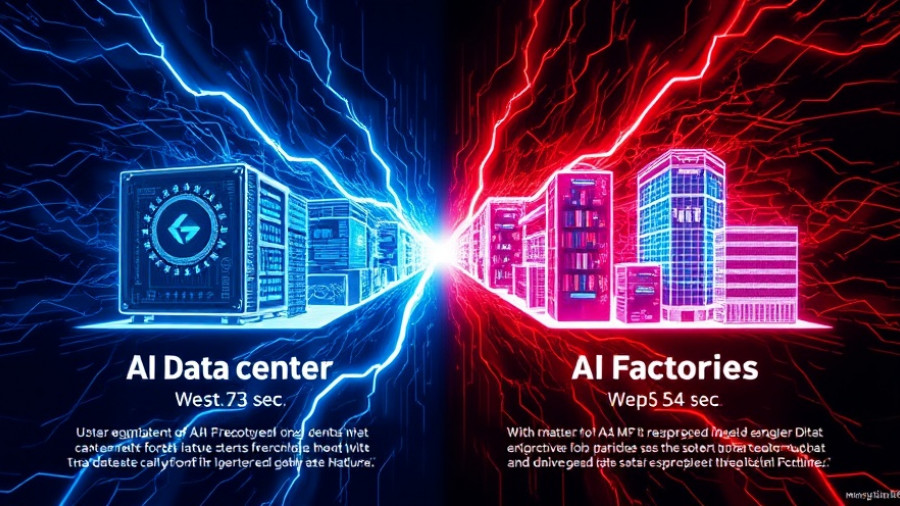
Welcome to the Age of AI Factories
The evolution of data centers into AI factories represents a seismic shift in how businesses harness technology. No longer merely storage hubs, these new facilities are designed to transform raw data into actionable intelligence at an unprecedented scale. This reimagining of data centers emphasizes the necessary transition to a compute architecture tailored specifically for AI, replacing the traditional focus on general-purpose systems with architecture optimized for parallel processing and deep learning.
Understanding the AI Factory
At its core, an AI factory is engineered for one purpose: the production of intelligence. They integrate comprehensive data pipelines and automated processes to transform diverse types of data—whether texts, images, or tokens—into high-value outputs. This shift signifies a major departure from how traditional operations worked, which often prioritized general computing over focused AI tasks.
Why the Shift is Critical Now
The motivation behind this transformation isn't just technological; it’s economic. Enterprises investing in AI factories are not just improving efficiencies but also creating significant competitive advantages. A robust AI infrastructure can facilitate real-time analytics, allowing organizations to make smarter, faster decisions in response to market dynamics. As NVIDIA's insights emphasize, companies equipped with AI factories are poised to lead a new industrial revolution, turning what once was seen as future potential into immediate reality.
Investment Trends and Market Realities
Current investments in AI factories highlight a dramatic pivot in expenditure from traditional data infrastructure to specialized AI-driven setups. By 2030, it is projected that spending on AI-centric data centers will surpass $1 trillion. This aligns with the growing recognition that data-driven decision-making is not just beneficial but necessary for sustained growth and innovation.
Future Implications for Businesses
The demand for AI factories indicates a paradigm shift where businesses must reevaluate their approaches to data management and technology integration. For many, the solution will be to procure services via APIs from these factories rather than developing in-house capabilities, emphasizing the need for strategic partnerships and leveraging existing infrastructures.
Conclusion: The Path Ahead
As we stand on the brink of this technological revolution, the imperative for leaders in business is clear: investing in AI capabilities is no longer a choice but a necessity to thrive in the competitive landscape. This outlook challenges enterprises to not only embrace AI factories but also to innovate within their workflows, ensuring they are ready to benefit from the vast potential this infrastructure offers.
 Add Row
Add Row  Add
Add 










Write A Comment